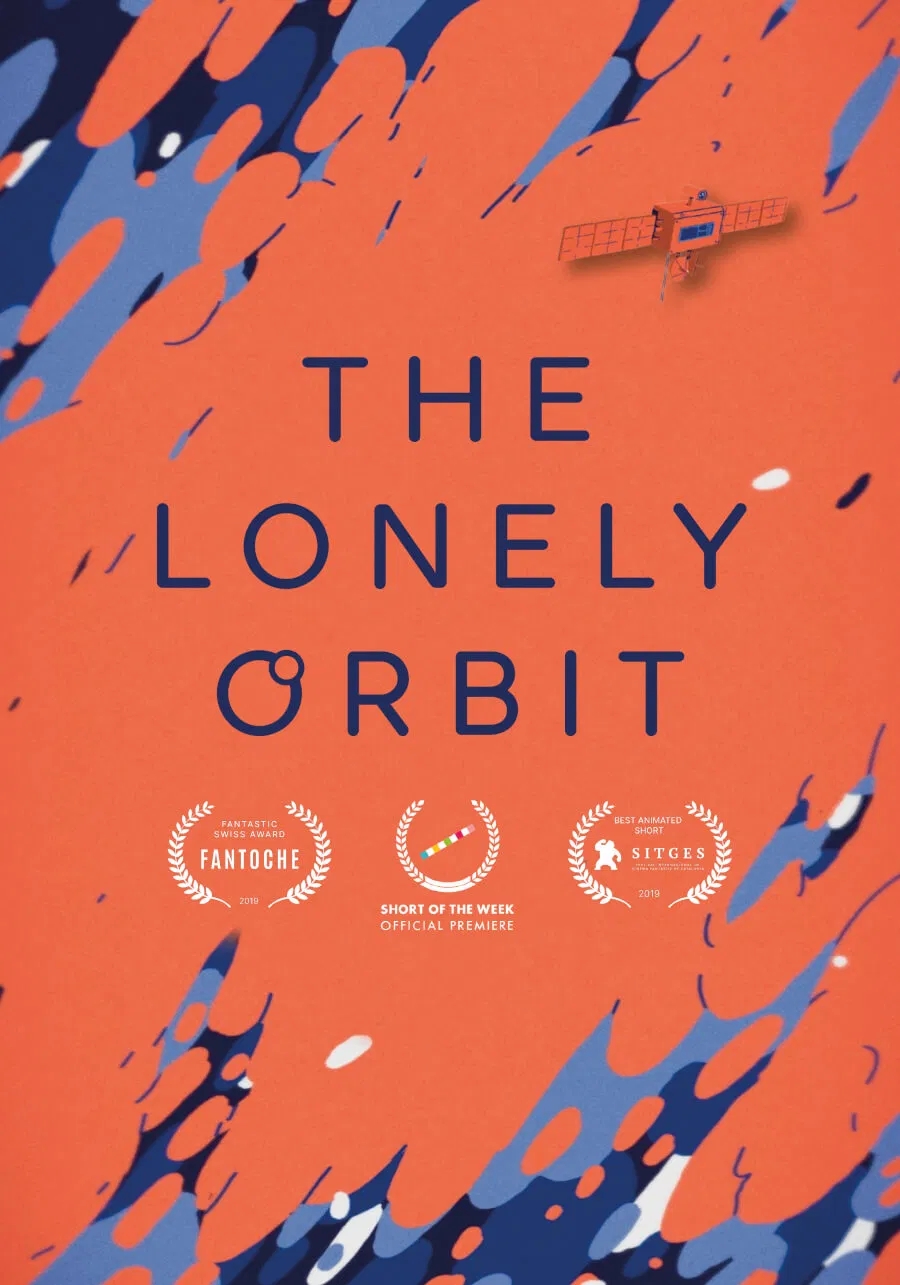Story
The House of Loss by Jinkyu Jeon is a short animated film that poignantly explores themes of loss, grief, and memory. Jinkyu Jeon uses the context of a nursing home, which is a setting that naturally evokes questions about aging, death, and the slow erasure of identity that can come with it.
In the film, elderly residents of a nursing home have their heads shaved, much like what you mentioned earlier, which can be seen as a metaphor for the stripping away of their individuality and the quiet, inevitable loss that surrounds them. The protagonist, who works in the home, initially perceives the elderly residents in a detached way, unable to fully comprehend their emotions or inner lives. He views them as distant and unreadable, perhaps out of his own discomfort with the themes of aging and mortality that the nursing home brings to the forefront.
However, there’s a shift in the protagonist's perception when he starts to closely observe the residents' faces. This newfound attentiveness signifies a deeper, more empathetic understanding of the human condition. In this moment, the protagonist connects with the reality of these elderly individuals’ existence, perhaps seeing them not as patients but as people with rich histories, lives full of joy and sorrow, and a vast range of emotions.
Jeon’s animation is subtle, using minimal dialogue and a quiet, reflective atmosphere to allow the audience to fill in the emotional gaps. The lack of overt explanation or narrative complexity invites viewers to project their own experiences of loss and grief onto the film, making it an introspective experience.
The film’s visual style enhances its emotional depth. Jeon’s choice to depict the characters with shaved heads, stripped of individuality, is not just a visual representation of their physical state but also a metaphor for how society often views the elderly: as a homogeneous group, devoid of the uniqueness they had in their youth. The protagonist's inability to "read" their expressions reflects our own struggles to fully comprehend or connect with those who are nearing the end of their lives.
As the film progresses, we see that the protagonist is not merely an observer but someone who is struggling with his own relationship to loss. His journey mirrors a universal human struggle: the attempt to make sense of mortality, to find meaning in the face of inevitable decay, and to connect with those who are slipping away.
























